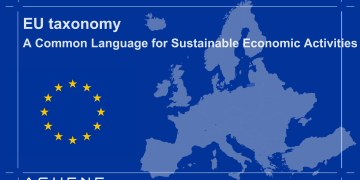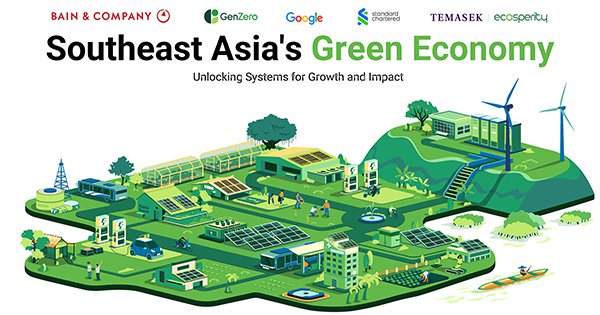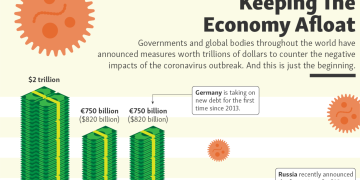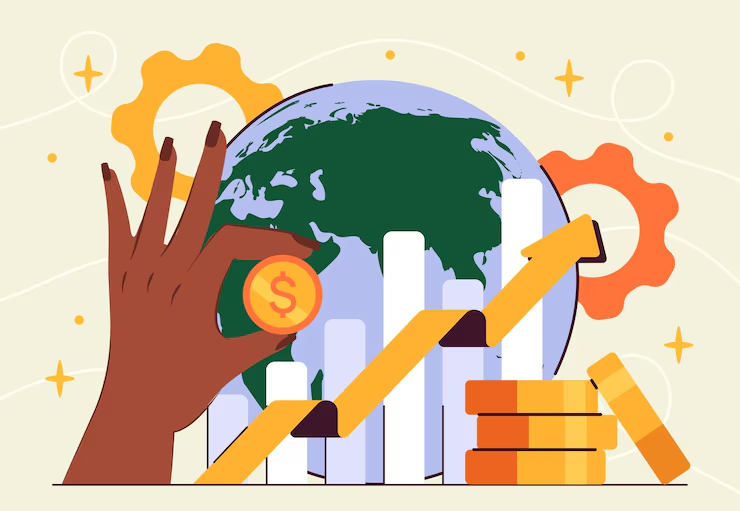How Tightening Cycles, Debt Pressures, and Cross-Border Capital Flows Are Rewriting Financial Stability**
I. Introduction: A Global Liquidity System Under Stress
The global financial system has entered a new era—one defined not by a single shock but by overlapping structural shifts that challenge long-held macroeconomic assumptions.
For more than a decade after the 2008 crisis, liquidity was abundant, interest rates were near zero, and financial markets behaved under the implicit assumption that central banks would always intervene in moments of stress.
That assumption is now being tested.
Since 2022, the world has experienced an unprecedented combination of:
- aggressive Federal Reserve tightening
- persistent inflationary pressure in advanced economies
- synchronized slowdown in global manufacturing
- rising sovereign debt risks
- increasingly volatile cross-border capital flows
- fractured geopolitical alliances
- an evolving energy and commodity landscape
As these forces converge, liquidity—the lifeblood of global financial markets—has become scarce, unevenly distributed, and hypersensitive to political and macroeconomic signals.
This article analyzes the latest global financial trends, focusing particularly on the liquidity puzzle: why it is emerging, how markets are responding, and what risks lie ahead.
II. The Federal Reserve’s Dominance and the Liquidity Drain
If 2020–2021 was the era of “free money,” the years after represent its dramatic reversal.
1. The Rise of Real Rates
Real interest rates across the United States have risen to levels not seen since the early 2000s.
While headline inflation has moderated, sticky services inflation and wage gains continue to pressure the Federal Reserve into maintaining a restrictive stance.
High real rates mean:
- borrowing costs for households and firms remain elevated
- refinancing risks surge
- global capital gravitates toward USD assets
- emerging markets experience capital flight
- risk assets face valuation compression
2. Quantitative Tightening (QT) as a Structural Drag
The Federal Reserve is shrinking its balance sheet at a historically rapid pace.
Unlike rate hikes, QT removes liquidity silently but forcefully:
- Treasuries return to the private market
- bank reserves decline
- repo market volatility increases
- non-bank financial players absorb more duration risk
The consequence is a market that appears calm on the surface yet structurally fragile.
3. Treasury Market Stress Signals
Despite being the world’s deepest bond market, the U.S. Treasury market continues to show episodes of dysfunction:
- thin liquidity during news events
- rising yields despite safe-haven demand
- widening bid-ask spreads
- unexpected volatility during auctions
These are warnings, not anomalies.
When the system’s foundational asset becomes unstable, the global liquidity architecture is at risk.
III. Europe’s Slowdown and the Search for Monetary Balance
Europe’s economic picture diverges sharply from that of the United States.
1. Structural Stagnation
Unlike the U.S., the eurozone is wrestling with:
- weak productivity
- fragile industrial output
- energy cost instability
- sluggish investment
- demographic decline
The European Central Bank faces a policy dilemma:
- cut too early → inflation resurgence
- cut too late → recession deepens
**2. Fragmentation Risks
The ECB’s tightening cycle has exposed long-standing disparities among member states:
- Italy’s debt trajectory remains concerning
- Germany’s manufacturing base continues to underperform
- France faces growing budget deficits
- Eastern European economies feel the strain of strong USD outflows
European bond spreads remain controlled thanks to ECB tools, but the underlying vulnerabilities have not disappeared.
IV. Asia’s Mixed Outlook: Resilience Meets Capital Outflow Pressure
Asia remains more resilient than the West—but not immune.
1. China’s Managed Stabilization
China is pursuing a policy path focused on stability rather than stimulus:
- targeted credit support
- a managed currency depreciation
- selective liquidity injections
- property sector containment
While systemic risk is contained, growth momentum is modest and capital outflows remain a concern.
**2. Japan’s End of Yield Curve Control (YCC)?
Japan’s shift away from ultra-loose policy is one of the most important global financial developments.
A stronger yen and rising Japanese yields could trigger:
- repatriation of Japanese capital
- global bond sell-offs
- volatility in emerging markets
3. ASEAN and India: Growth Leaders Facing USD Pressure
These economies are enjoying healthier growth but remain exposed to:
- dollar strength
- commodity price spikes
- portfolio outflows
- supply chain reconfiguration
Asia is increasingly central to global growth—but still constrained by global liquidity tightening.
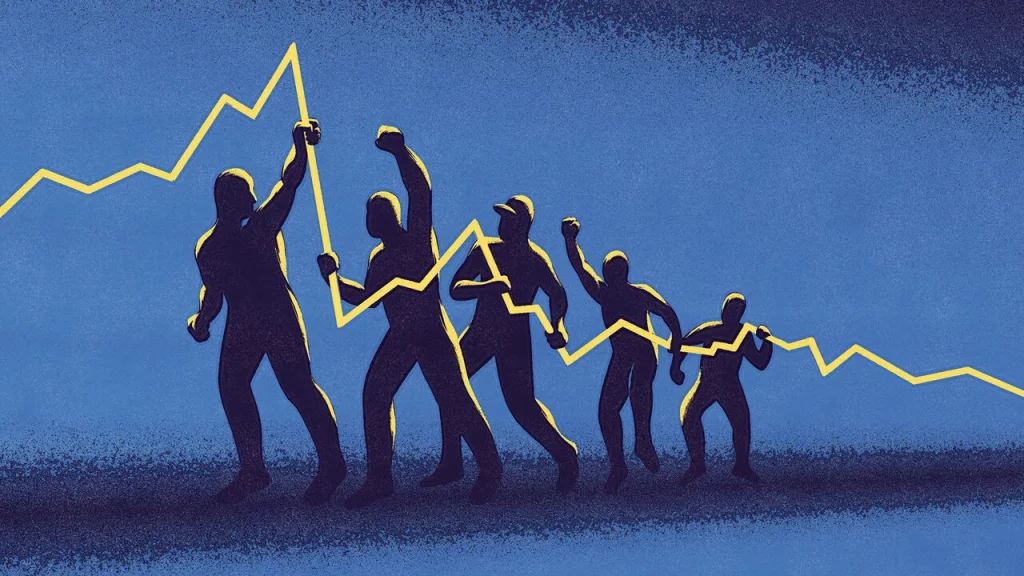
V. Cross-Border Capital Flows: Volatility Is the New Normal
The combination of U.S. tightening and global uncertainty has transformed the behavior of cross-border capital.
1. Hot Money Is More Sensitive Than Ever
Data from 2022–2024 indicates:
- faster reversals of portfolio inflows
- shorter holding periods
- higher exposure to macro signals
- stronger demand for safe-haven USD assets
2. EM Debt at a Tipping Point
For emerging markets, the danger is clear:
- rising rollover risk
- currency instability
- sovereign spreads widening
- increased vulnerability to commodity shocks
The next global financial stress event, if it occurs, is likely to begin in EM economies with weak fiscal buffers.
3. The Global Liquidity Indexes Are Converging Downward
Multiple indicators—repo markets, bank reserves, FX swap basis—point to a synchronized decline in liquidity availability.
This is a foundational shift with implications for every financial asset class.
VI. New Market Psychology: Fear of Missing Out Replaced by Fear of Staying In
The 2020–2021 market environment was driven by optimism and risk-taking.
Today’s environment is defined by:
1. Defensive Positioning
Institutional investors have shifted substantially into:
- short-duration assets
- high-grade credit
- money-market funds
- Treasury bills
2. Trading Liquidity Rather Than Fundamentals
Markets now react more to liquidity conditions than to corporate earnings or macro fundamentals.
3. The New Volatility Regime
Even without a crisis, markets experience:
- flash crashes
- sudden dislocations
- algorithmic overshooting
- amplified responses to policy signals
Risk is no longer episodic; it is structural.
VII. Energy Prices and Commodity Markets: A New Source of Financial Risk
Commodity markets have become more tightly linked to financial markets.
**1. Supply Constraints
2. Geopolitical Disruptions
3. Climate Transition Costs
4. Underinvestment in Fossil Fuels**
Energy price volatility increases inflation risk and complicates policy decisions for central banks.
VIII. Sovereign Debt: The Quiet Crisis Growing Louder
Global debt has reached record levels.
1. Advanced Economies Are No Longer Immune
Even traditionally safe sovereigns face:
- higher interest burdens
- growing deficits
- lower investor appetite
2. Developing Economies Face an Even Sharper Squeeze
Dozens of countries are at risk of:
- restructuring
- liquidity crises
- IMF intervention
The sovereign debt landscape is becoming one of the most important global financial themes of the next decade.
IX. The Path Ahead: Three Scenarios for Global Financial Markets
Scenario 1: Soft Landing (Most Hopeful)
Inflation declines steadily, central banks cut rates gradually, liquidity recovers, and growth stabilizes.
Scenario 2: Higher-for-Longer (Most Likely)
Rates remain elevated to control persistent inflation, liquidity stays tight, and markets oscillate between optimism and fear.
Scenario 3: Hard Landing (High Risk)
A credit event, debt crisis, or geopolitical shock triggers a global recession and systemic financial stress.
X. Conclusion: The World Has Entered a New Financial Era
The global financial system is in transition—from abundance to scarcity, from easy liquidity to structural tightening, from low volatility to persistent instability.
This is not a temporary phase but a new paradigm.
Policymakers, investors, and institutions must adapt to a world in which:
- global liquidity is fragile
- capital flows are hyper-reactive
- debt burdens are rising
- geopolitical fragmentation shapes markets
- monetary cycles diverge
- financial stability is no longer taken for granted
In this new era, risk management—not yield chasing—will define the next chapter of global finance.
















